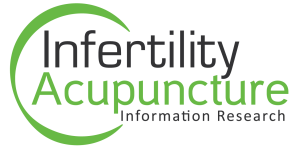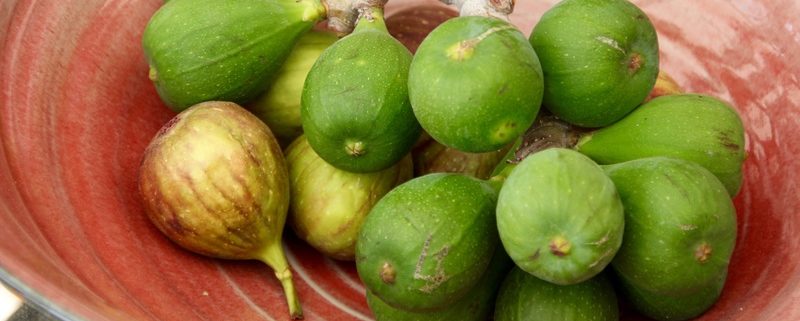In this study, researchers investigated how acupuncture influenced ovarian reserve in women who had low ovarian reserve or “very few eggs left”. They used a kind of acupuncture with no needles, where very gentle electric impulses are used to stimulate acupuncture points. This study has shown improved the hormone levels including Anti-Müllerian Hormone (AMH). AMH test is a test often used by IVF clinics to estimate response to the IVF drugs. Researchers observed increased number of eggs collected with IVF. The embryo quality was also improved. Consequently, women who had acupuncture had better IVF pregnancy outcomes.
The study was published in The Journal of Obstetrics and Gynaecology Research.
Are you interested in learning how your fertility can be optimised with acupuncture? Contact Dr Vitalis Acupuncture Auckland.
Abstract/summary of the study:
J Obstet Gynaecol Res. 2015 Dec;41(12):1905-11. doi: 10.1111/jog.12810. Epub 2015 Oct 12.
Effects of transcutaneous electrical acupoint stimulation on ovarian reserve of patients with diminished ovarian reserve in in vitro fertilization and embryo transfer cycles.
Zheng Y1,2, Feng X2, Mi H2, Yao Y2, Zhao Y2, Li J2, Jiao J2, Gong A2, Sun W2, Deng X1.
Author information
Abstract
AIM:
The aim of this study was to investigate the effect of transcutaneous electrical acupoint stimulation (TEAS) on ovarian reserve in patients with diminished ovarian reserve undergoing in vitro fertilization and embryo transfer.
MATERIAL AND METHODS:
A total of 240 patients were randomly divided into the Han’s acupoint nerve stimulator TEAS treatment (TES), comforting false Han’s placebo (FHP), artificial endometrial cycle treatment (AEC), and control (CON) groups.
RESULTS:
Fifty-six patients in TES, 56 in FHP, 54 in AEC, and 60 in CON fulfilled the study, respectively. Antral follicle count and anti-Müllerian hormone levels were increased, whereas the estradiol level, follicle-stimulating hormone level, and follicle-stimulating hormone/luteinizing hormone ratio were significantly decreased after treatment in the TES and AEC groups. After treatment, the number of oocytes retrieved and average number of embryos transferred were higher in the TES and AEC than in the CON and FHP groups. Clinical pregnancy rate in the TES group was markedly higher than values obtained for the other three groups.
CONCLUSION:
TEAS and AEC treatments could improve basal endocrine levels in patients, and increase the number of oocytes retrieved and high-quality embryos. TEAS treatment could improve the clinical pregnancy rate in patients with decreased ovarian reserve during in vitro fertilization and embryo transfer cycles.
© 2015 Japan Society of Obstetrics and Gynecology.



